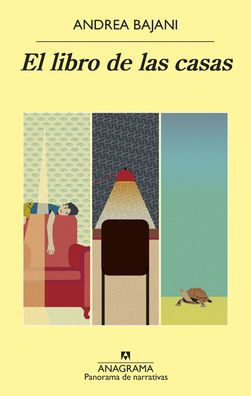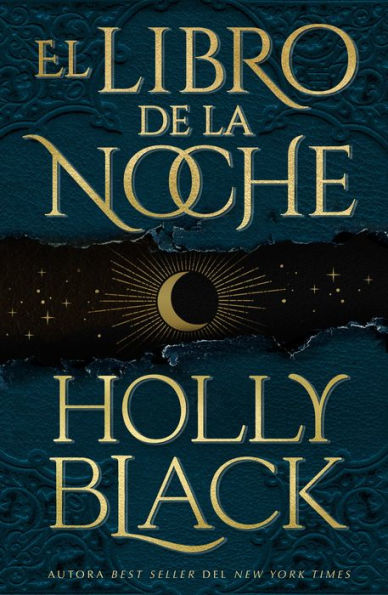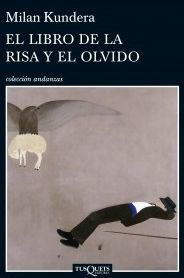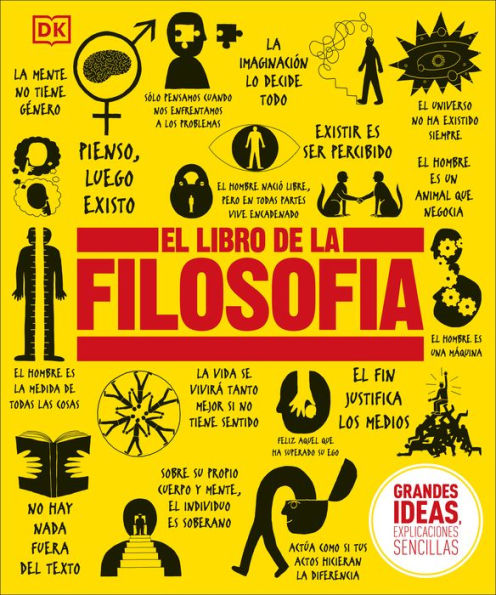Home
Libro de las casas, El
Barnes and Noble
Libro de las casas, El
Current price: $24.95


Barnes and Noble
Libro de las casas, El
Current price: $24.95
Size: Paperback
Loading Inventory...
*Product information may vary - to confirm product availability, pricing, shipping and return information please contact Barnes and Noble
La historia de un hombre a través de las casas en las que ha vivido. Un personaje del que no llegamos a saber el nombre –es simplemente Yo–, pero sí todos los detalles de su vida. Que se va reconstruyendo en una sucesión de fragmentos: la compleja relación con su violento padre, la presencia de la madre atemorizada, la tortuga que vive en el patio, la emigración de la familia al norte, las estancias en ciudades extranjeras, el matrimonio, el ascenso social, la relación con una amante, el espacio íntimo en el que se refugia para escribir... Cada una de esas etapas, cada una de las emociones de ese personaje –la educación sentimental, los anhelos, las decepciones, el amor, las traiciones, la soledad...–, están relacionadas con una casa. De fondo, dos acontecimientos históricos, dos hechos sangrientos, proporcionan el contexto: el secuestro y asesinato de El Prisionero y el asesinato de El Poeta, que no son otros que Aldo Moro y Pier Paolo Pasolini, cuyas muertes violentas definen los años de plomo de Italia. Y es que si la novela es ante todo la historia de un hombre a lo largo de su vida, también es, en cierto modo, la historia de Italia en los últimos cincuenta años, porque los fragmentos que constituyen esta novela se enmarcan entre los setenta del pasado siglo y un futuro más o menos lejano en el que solo la tortuga seguirá viva. Andrea Bajani ha escrito una novela singularísima y fascinante, en la que, a través de los espacios que habitamos, se reconstruye la historia de un ser humano con todas sus contradicciones, miedos y deseos. No es una simple pirueta: es el retrato de un alma a través de las casas en que ha vivido.
The story of a man and the houses he has lived in. A character whose name we do not know –it is simply Me–, but we do know all the details of his life. It is reconstructed in a succession of fragments: the complex relationship with his violent father, the presence of the frightened mother, the turtle that lives in the patio, the family's emigration to the north, the stays in foreign cities, the marriage, social ascent, the relationship with a lover, the intimate space in which he takes refuge to write... Each one of these stages, each one of the emotions of that character – the sentimental education, the desires, the disappointments, the love, betrayals, loneliness...–, are related to a house. In the background, two historical events, two bloody events, provide the context: the kidnapping and murder of El Prisionero and the murder of El Poeta, who are none other than Aldo Moro and Pier Paolo Pasolini, whose violent deaths define the lead years of Italy. And it is that if the novel is above all the story of a man throughout his life, it is also, in a way, the history of Italy in the last fifty years, because the fragments that make up this novel are framed between the seventy of the last century and a more or less distant future in which only the turtle will continue to live. Andrea Bajani has written a unique and fascinating novel, in which, through the spaces we inhabit, the story of a human being is reconstructed with all his contradictions, fears and desires. It is not a simple pirouette: it is the portrait of a soul through the houses in which he has lived.
The story of a man and the houses he has lived in. A character whose name we do not know –it is simply Me–, but we do know all the details of his life. It is reconstructed in a succession of fragments: the complex relationship with his violent father, the presence of the frightened mother, the turtle that lives in the patio, the family's emigration to the north, the stays in foreign cities, the marriage, social ascent, the relationship with a lover, the intimate space in which he takes refuge to write... Each one of these stages, each one of the emotions of that character – the sentimental education, the desires, the disappointments, the love, betrayals, loneliness...–, are related to a house. In the background, two historical events, two bloody events, provide the context: the kidnapping and murder of El Prisionero and the murder of El Poeta, who are none other than Aldo Moro and Pier Paolo Pasolini, whose violent deaths define the lead years of Italy. And it is that if the novel is above all the story of a man throughout his life, it is also, in a way, the history of Italy in the last fifty years, because the fragments that make up this novel are framed between the seventy of the last century and a more or less distant future in which only the turtle will continue to live. Andrea Bajani has written a unique and fascinating novel, in which, through the spaces we inhabit, the story of a human being is reconstructed with all his contradictions, fears and desires. It is not a simple pirouette: it is the portrait of a soul through the houses in which he has lived.

















